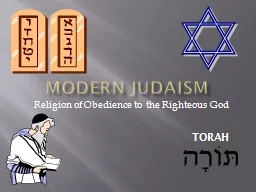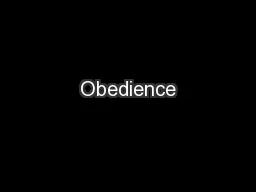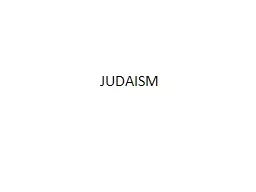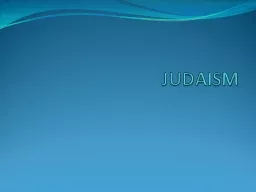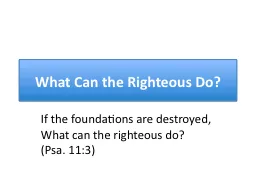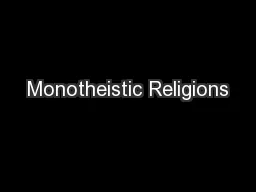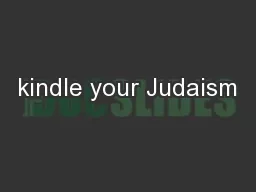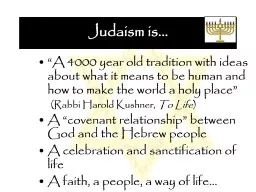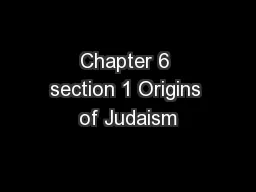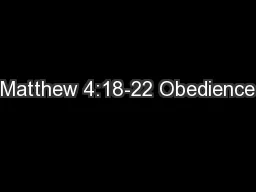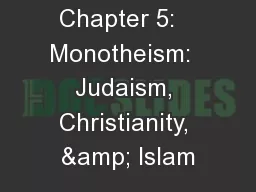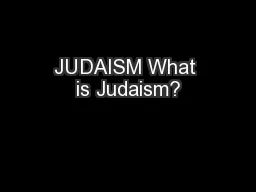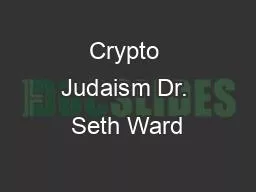PPT-Modern Judaism Religion of Obedience to the Righteous God
Author : calandra-battersby | Published Date : 2019-03-17
TORAH Founder of Judaism Often associated with Moses and receiving the law Biblically starts with Abraham Historical Development Gods Election of Israel Revealed
Presentation Embed Code
Download Presentation
Download Presentation The PPT/PDF document "Modern Judaism Religion of Obedience to ..." is the property of its rightful owner. Permission is granted to download and print the materials on this website for personal, non-commercial use only, and to display it on your personal computer provided you do not modify the materials and that you retain all copyright notices contained in the materials. By downloading content from our website, you accept the terms of this agreement.
Modern Judaism Religion of Obedience to the Righteous God: Transcript
Download Rules Of Document
"Modern Judaism Religion of Obedience to the Righteous God"The content belongs to its owner. You may download and print it for personal use, without modification, and keep all copyright notices. By downloading, you agree to these terms.
Related Documents

